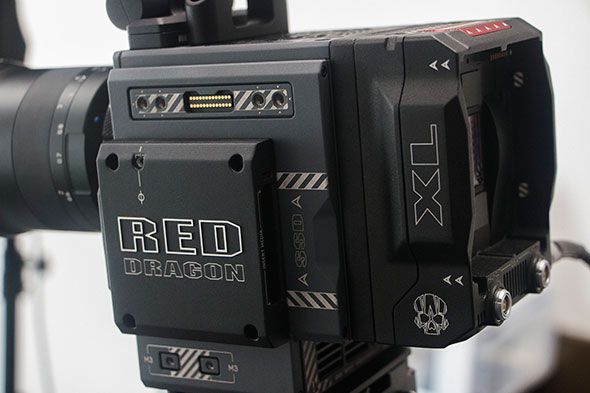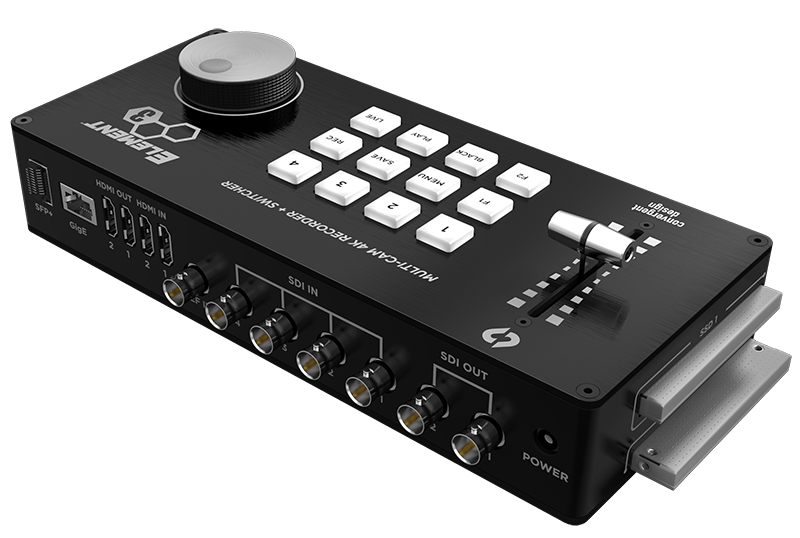

XAVC can also be either intra-frame or inter-frame.
#Editready prores full
And it can scale all the way from “proxy” sizes (480p for example) to full 4K, and potentially beyond, at very high frame rates. It can have either 8, 10 or 12 bits per sample ( 4:4:4 and 12bit have been announced, but aren’t included in any current camera models). The H.264 format within XAVC can be either 4:2:0, 4:2:2, or 4:4:4 color sampling. For a primer on these types of compression, check out our blog posts on intraframe and interframe compression. Most of these variations appear as different “profiles” of the H.264 codec, which have different capabilities. It’s a very capable format, which means there are many variations in use. The XAVC family ranges from very affordable pocket-friendly cameras, to very expensive shoulder-mount cameras. It’s not “XAVC inside AVCHD” or anything like that. Some of Sony’s XAVC cameras are also capable of recording the AVCHD format, but at that point, they’re just recording AVCHD. AVCHD is usually H.264 with AC3 audio, though some cameras have extended it to use LPCM audio as well. AVCHD is a popular HD format, which normally uses the “MTS” wrapper. One common area for misunderstanding is the overlap between XAVC and AVCHD. Whether it’s MXF or MP4, the data inside the file is still H.264 and LPCM audio. This format is found in the popular Sony A7s camera.
#Editready prores mp4
(Other vendors use separate MXF files for audio and video.) However, there’s one flavor of XAVC, called XAVC-S, that uses the MP4 wrapper format. XAVC generally uses the MXF wrapper, with the audio and video in a single file.

Other wrappers include M2T, MXF, AVI, etc. An MOV file might contain many different types of video and audio, but the MOV part stays the same. One wrapper most people are familiar with is the QuickTime. WrappersĪ “wrapper” is the container that holds your audio and video. We’ll get into some of the particulars of how H.264 is used within XAVC a little later. So, if you’ve got MPEG2 video or AC3 audio or any other permutation, it’s not XAVC. XAVC is always going to involve some form of H.264 video, along with uncompressed LPCM audio. There are a few things that are constant about XAVC. We’d like to help unravel the confusion, both from the official uses of XAVC, and some of the colloquial uses we’ve seen. XAVC encompasses a lot of different elements, and it’s created some confusion about what XAVC is, and what it isn’t.

For the last few years, Sony has been shipping cameras with a new format, XAVC.


 0 kommentar(er)
0 kommentar(er)
